High in the vastness of Australia’s alpine regions stand a collection of huts, used many decades ago by the cattlemen who called this country home during the warmer summer months. They are usually rough and small, with dirt floors, many without glass in their windows, nor doors in their frames. But they are treasured mementos of the days when the crack of whips and the clopping of hooves rattled off the steep hillsides of the High Country.
Never better pictured than in Banjo Patterson’s legendary poem, The Man from Snowy River, the life of these mountain stockmen is now largely gone, and the high plains and steep mountainsides where they once roamed are reserved as national parks. Still, memories of that once distinctly Australian way of life are sprinkled through the crystal-clear air and they’re accessible to anyone with a good vehicle and the willingness to seek them out.
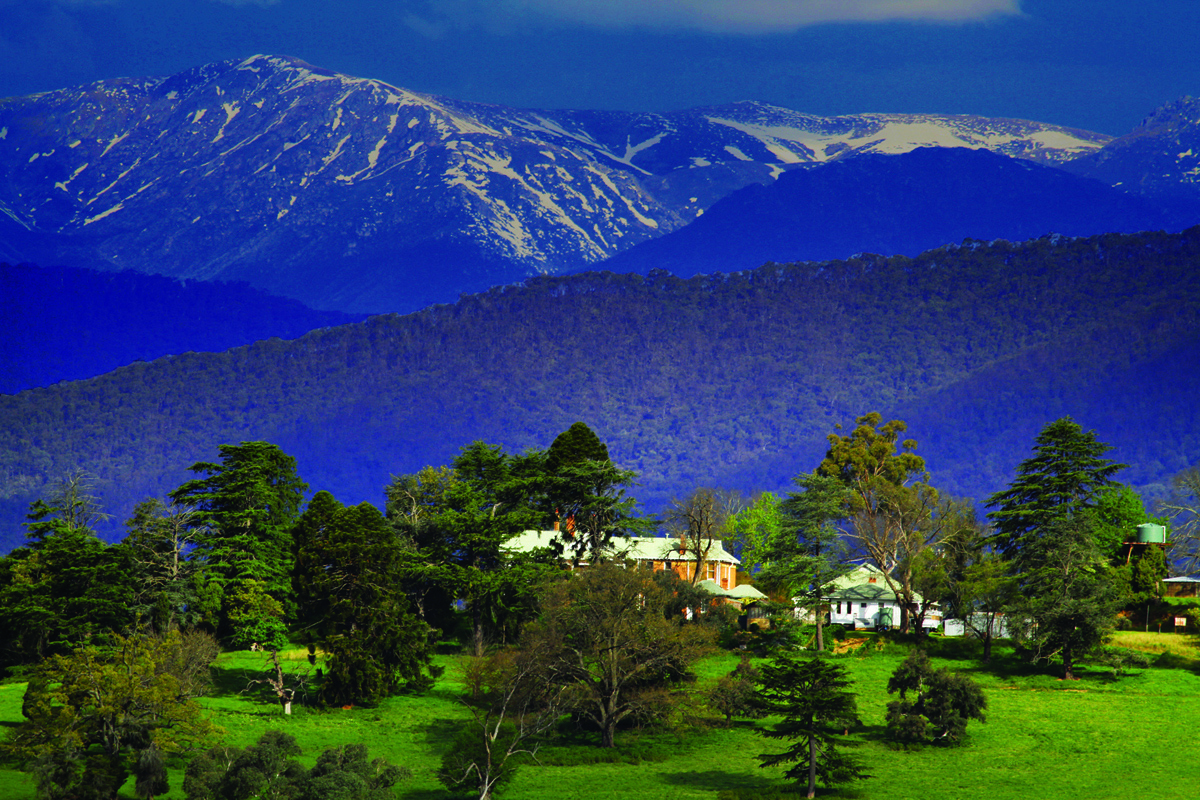



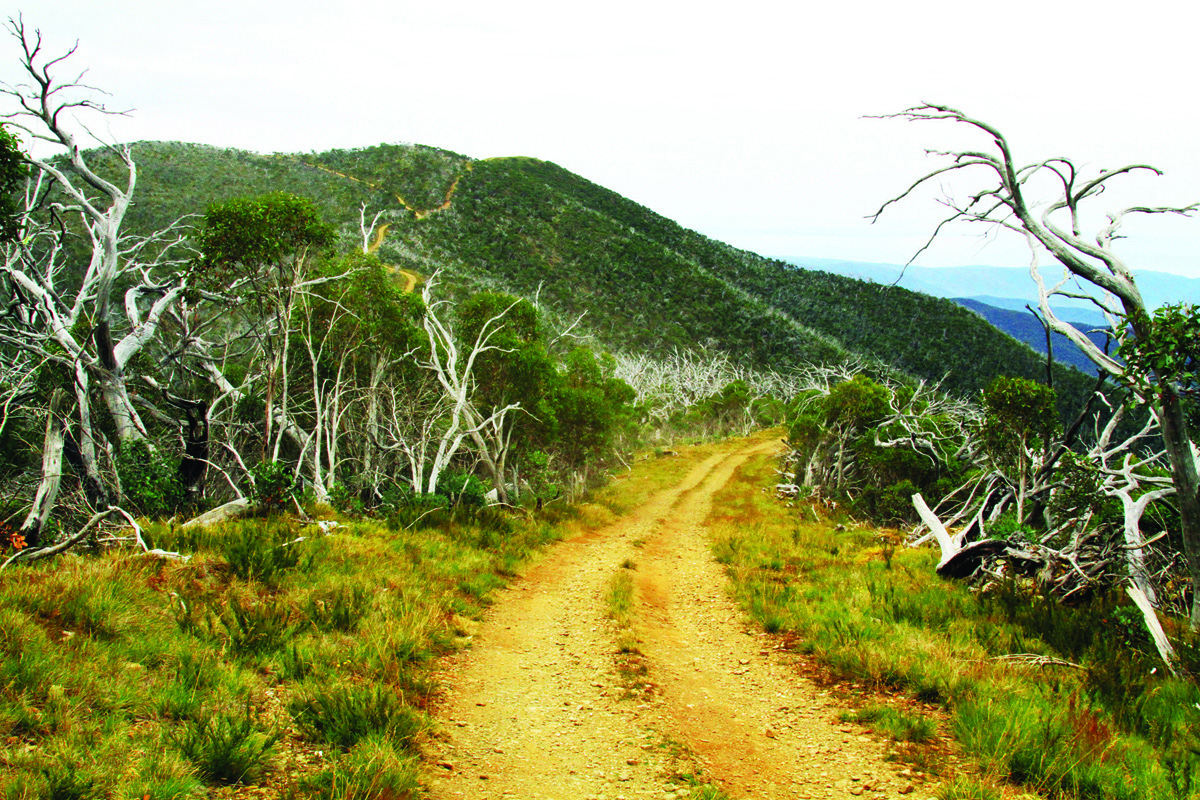

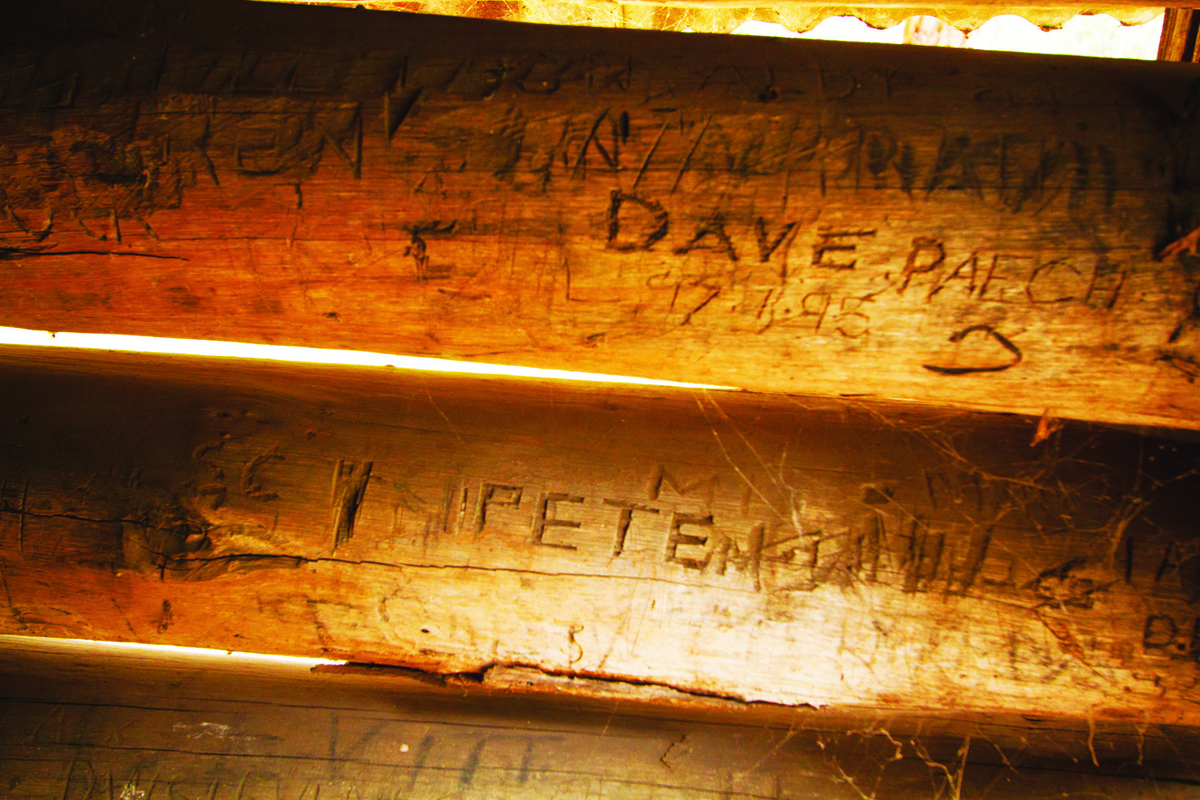
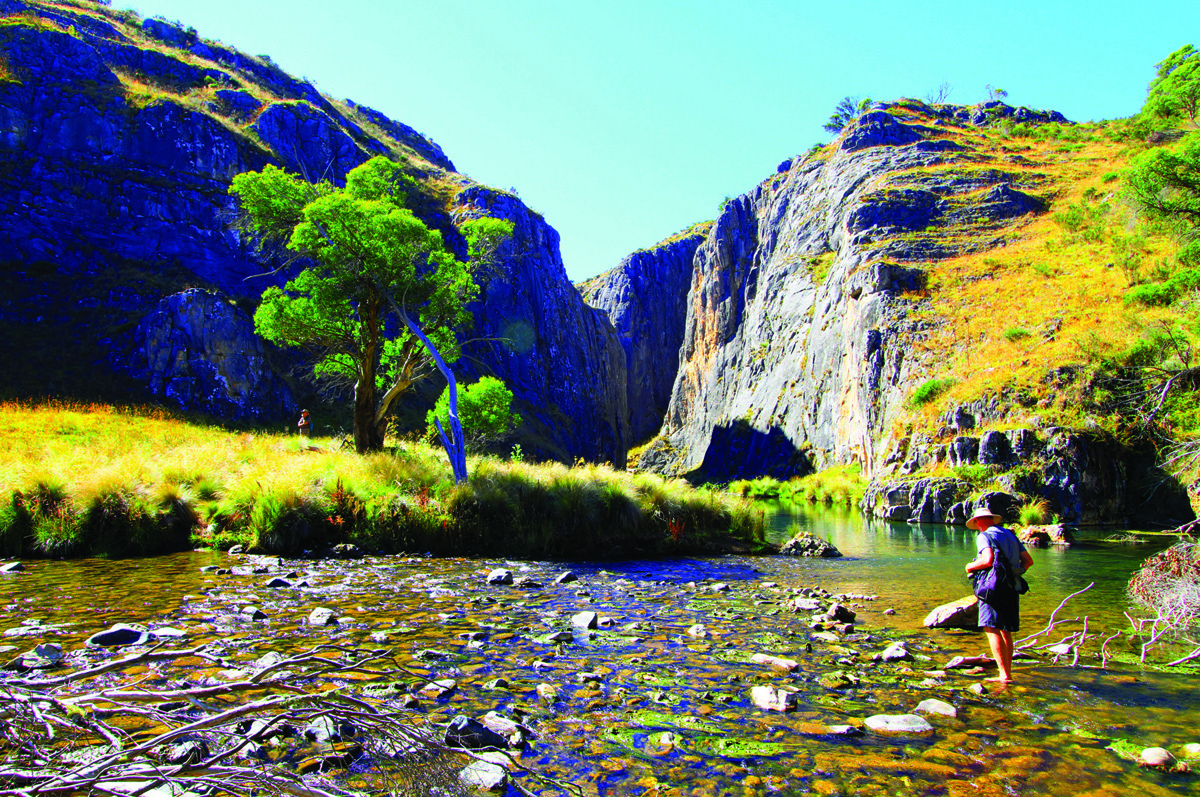
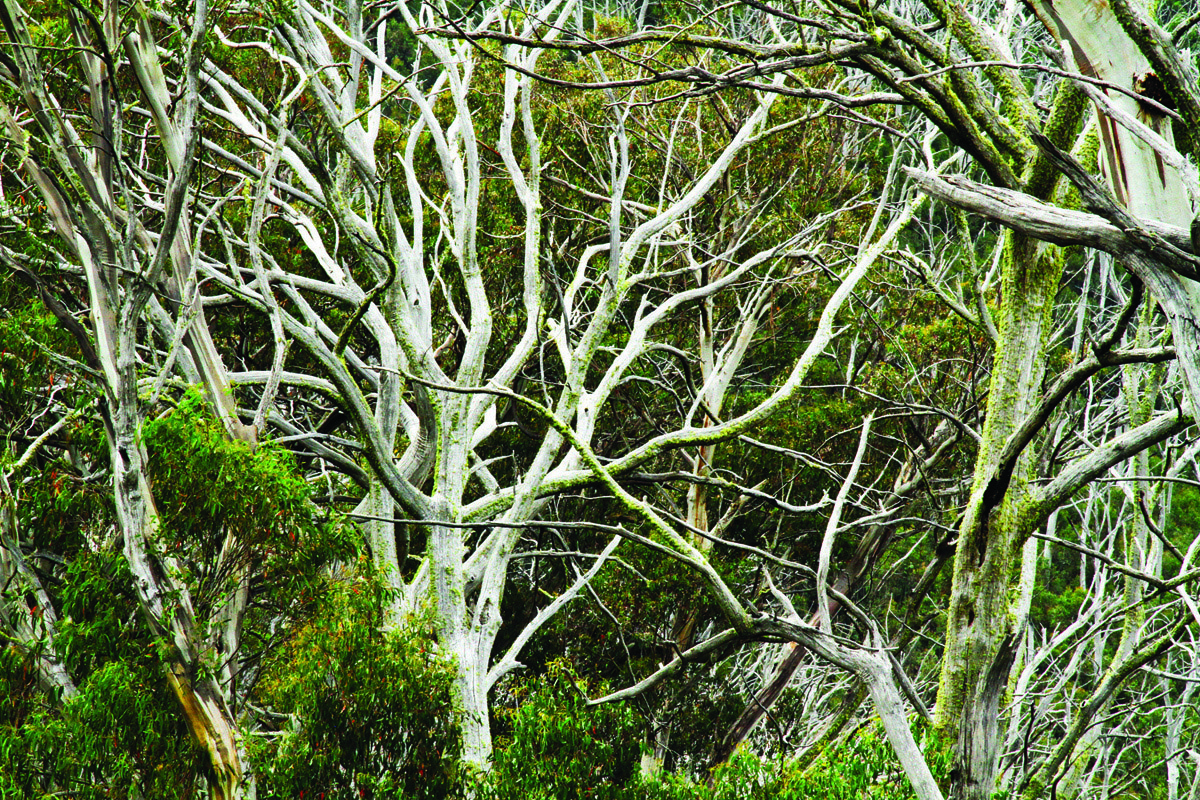
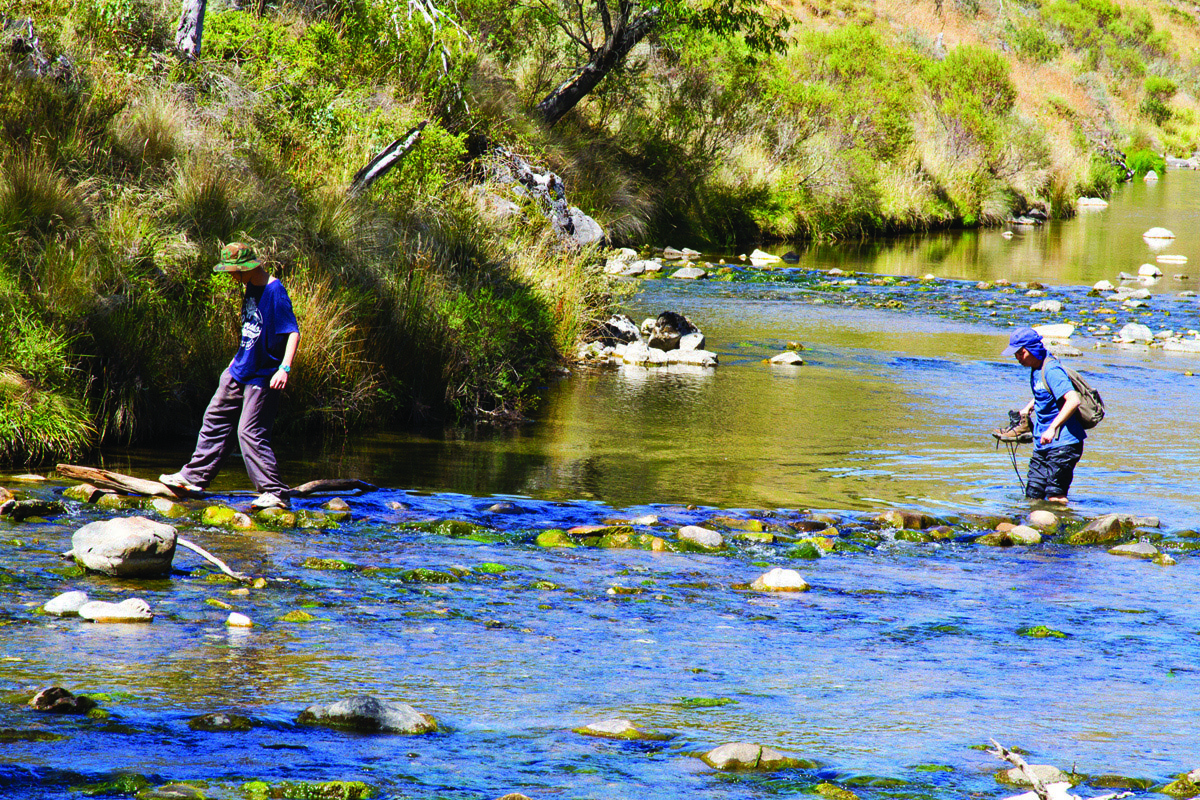
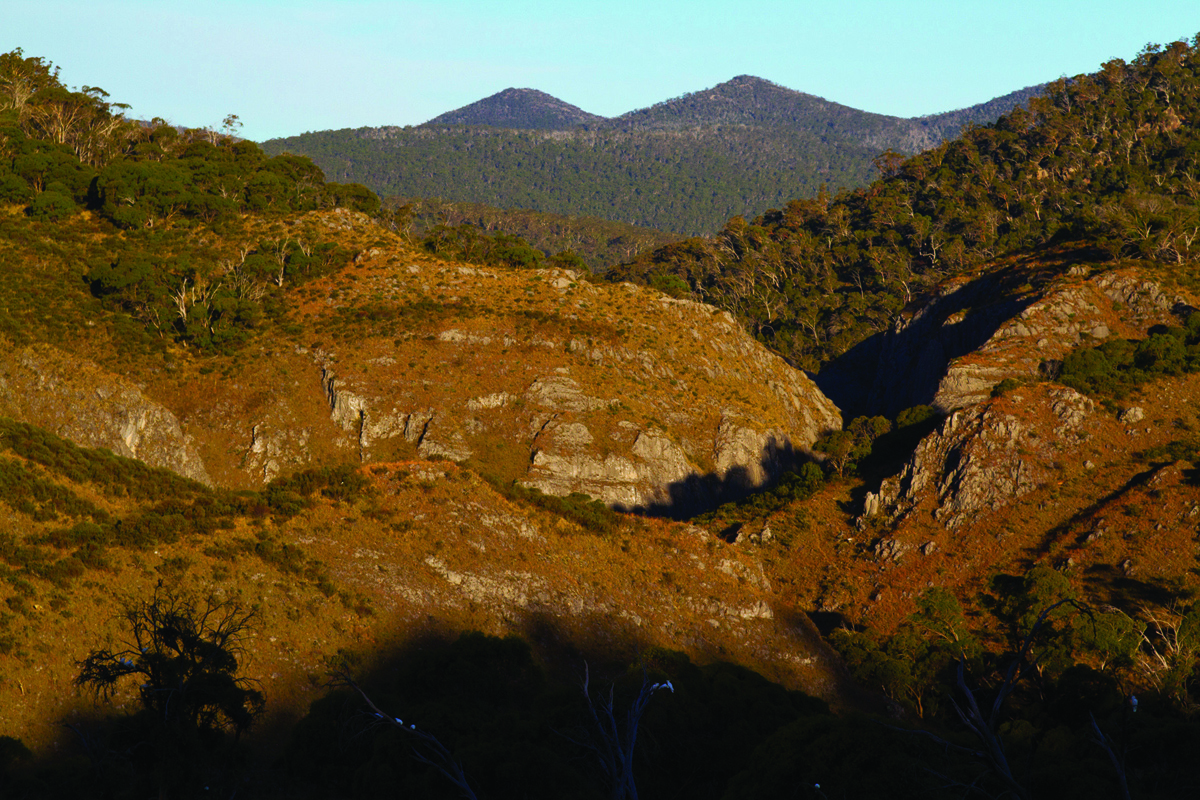
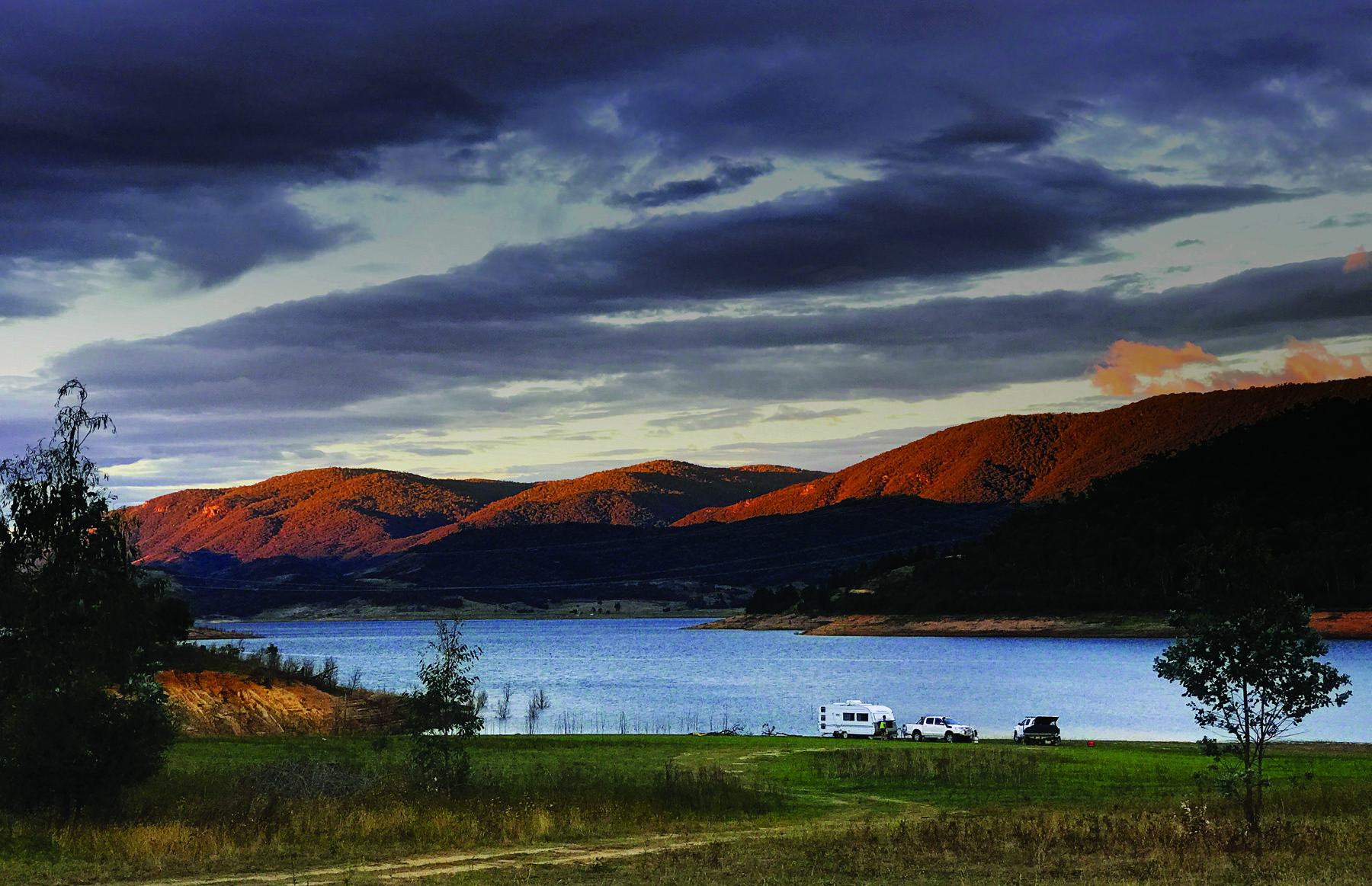
A FADING ERA
The use of land in the alpine areas required droving and movement of cattle in grand proportions. Yet the bitter winter days and often deep carpet of snow were not good for stock and so as autumn eased towards winter each year, the cattlemen would have to round up their animals and drive them back down to pastures in lower altitudes. Simply finding and yarding the cattle and then heading them down slopes required excellent horsemanship, not to mention nimble-footed and sturdy horses.
Today the cattle are all gone from the national parks. Victoria went through a yo-yoing process after the decision to ban the practice was reached in 2005, on scientific advice that they were causing significant environmental damage. This produced a strong protest from the Mountain Cattlemen’s Association of Victoria and others and in 2010, with the return of a Liberal-National Party government to Victoria, the process was reintroduced, but was stopped by the Federal Labor Environment Minister almost straight away.
A change of Federal Government in 2013 again reversed the decision on a limited scale, but it was stopped once more by a new Victorian Labor Government in 2014, and it remains a banned activity. The cattlemen claim that grazing reduces fire risk, but scientific evidence suggests there is no link between grazing and fires.
WILD BRUMBIES ON THE ROAM
If you’re lucky you may come across a mob of wild brumbies, originally bred by the mountain cattlemen to round up their cattle but now run wild. These will usually be dominated by an alpha male stallion and should not be approached as they can become aggressive if they feel they are under threat. In some areas these will come into campgrounds at night to forage for food.
The high country brumbies lead a tenuous existence these days. With most of the alpine regions being classified as national park, many people regard these introduced animals as feral pests, their hard hooves and heavy weight a threat to delicate alpine ecosystems, and there are occasions when they have been shot to keep numbers under control. There are, however, a number of groups which work to protect them as a valuable part of our cultural heritage.
At the end of 2019 it was estimated that brumby numbers in Australia’s alpine regions had grown from 9187 in 2014 to 25,318, prompting calls for some form of control to be put in place. NSW has its 'Brumby Bill' which prohibits lethal culling, but the NSW Environment Minister Matt Kean has said that some controls on numbers should be introduced.
THE HUTS THEY CALLED HOME
The various huts are all well known and fairly well marked on maps and detailed at local tourist offices. They are accessible by the various trails or tracks that thread through the mountains, most of which will require a 4WD or a modest walk along a trail to reach. Care should be taken as many of the tracks are so narrow that they permit the passage of just one vehicle at a time, but traffic volumes are low enough that this shouldn’t be a problem. Keep your UHF radio on as experienced users (guided tours operate through many of these areas) will call ahead to warn of their approach whenever they reach a known stretch of narrow track.
The huts were mostly built by the various families which pastured their cattle in the high country, as a retreat from bad weather and as a more comfortable place for themselves or their workers to sleep and eat. Large numbers were built but many have been lost to bushfires and white ants over the past 160 years. Most are crudely constructed from locally sourced materials — stone, rough cut timber and mud — with just a few traces of materials brought in from outside, such as roofing iron.
Some of the huts are classified by the National Trust or local heritage bodies; some are rebuilt versions of lost originals. Over 80 were lost in 2003’s bushfires. In the 2019-2020 fires volunteers wrapped many of the NSW huts in foil to try to protect them from the heat and flames, though many succumbed nevertheless.
There are close to 200 huts scattered through Australia’s alpine region. All are usually simply left open to whoever comes along, and they are often left with a box of matches and small supply of firewood in case they are ever needed as an emergency shelter by a lost traveller. Occasionally, hikers will even leave some food behind, although this isn’t encouraged as it can result in scavenging by wild animals.
FINDING ALPINE HUTS
Probably the best known and most photographed structure is Craig’s Hut in Victoria. It was built relatively recently, in 1982, for the making of the movie The Man from Snowy River. It was originally intended to be only a temporary structure but became so beloved by visitors that it was rebuilt in 1993. After being destroyed by a fire in 2006, it was again rebuilt, this time with a tin roof. Its outlook over a sweeping panorama of the high country makes it an outstanding destination. Access is by 4WD for the last 1.2 kilometres but it can also be reached by walking trails from a nearby parking area.
The Bogong High Plains in Victoria is a prime location for accessing huts. Wallace’s Hut is near Falls Creek, along a walking track commencing 7.7 kilometres along the Bogong High Plains Road from the Rock Valley Dam Wall. This is thought to be the oldest hut in the high plains and was built in 1889. It requires a 1.5km walk along a well-graded track. A further 2km along the Bogong High Plains Road and a 500 metre walk brings you to the generously built Cope Hut, constructed in 1929. Fry’s Hut is located near the well known Sheepyard Flat camping area, near Mansfield, and was built in the late 1930s.
In NSW there were 69 huts in the Kosciuszko National Park but a number were destroyed in the recent fires, despite the best efforts of firefighters.
In Tasmania mountain huts were built by shepherds, cattlemen, miners, hunters, fishermen and others and are now available, usually to hikers, across the mountainous areas.
A NATIONAL TREASURE
Australia’s alpine huts are a remnant of a time when life was hard. The adze and saw marks are a record of an era when men and women worked hard for simple results. It was almost heroic, rounding up cattle in the dense forests and steep slopes of these high mountains.
If you are making a determined effort to track down and visit huts keep in mind that mountain weather can be fickle and change suddenly and severely. When visiting a hut with a logbook enter your name, the number in your party and intentions, as it may assist in a search should things go pear-shaped. If you find a logbook that’s full, notify the relevant national park authorities. Don’t leave a message about how lovely the view is.
If you’re attempting to reach a hut and the weather turns bad don’t rely on reaching it. Take shelter before you become wet and tired. Ensure you have warm clothing and some food and water with you.
Whatever you take into any of the huts you must take out, especially rubbish. If at all possible replace any used firewood, close doors and windows and make sure any fire is fully extinguished. Ensure any fires are kept inside made fireplaces.
The huts are for temporary shelter. Do not stay in them for any period of time and respect their significance by leaving them as you found them.
Most huts today are managed and cared for by volunteer associations, parks rangers and heritage groups. Treat them with the care and respect due to the men and women who carved a way of life and a national identity out of seemingly impossible country.
WHO IS THE MAN FROM SNOWY RIVER?
Was the man mentioned in Banjo Patterson’s poem The Man from Snowy River (first published in 1890) a real person? And if so, who?
The town of Corryong, NSW, promotes the idea that Patterson visited Walter Mitchell’s property ‘Bringenbrong’, nearby, in 1890. While seated around a campfire with a number of the local crack horsemen, Jack Riley told him of his chase down a steep mountainside to attempt to recapture a runaway prize thoroughbred, and it’s claimed Patterson based the poem on this anecdote.
However, there are a number of other claimants to the title of The Man. Patterson always said the inspiration for his fictional character was actually a number of people, one of which was Owen Cummins, who was well known for his horsemanship around Dargo. Another was Jim Troy, who was involved in a hair-raising pursuit in the hills near Wagga. And there’s also Charlie McKeahnie to consider, a well-known horseman who at the age of 17 made a famous ride in the Snowy River region, which was the subject of another poem, which Patterson had read.
The Man from Snowy River was written at a time when Australia was working its way towards Federation, as a single nation rather a series of separate colonies. There was a strong sense of nationhood and a yearning for a national sense of self and identity. It found its way into tales such as that of the self-reliant, strong and calculated risk-taking Man who was willing to defy the natural caution of others to grasp success in a race for the future.




